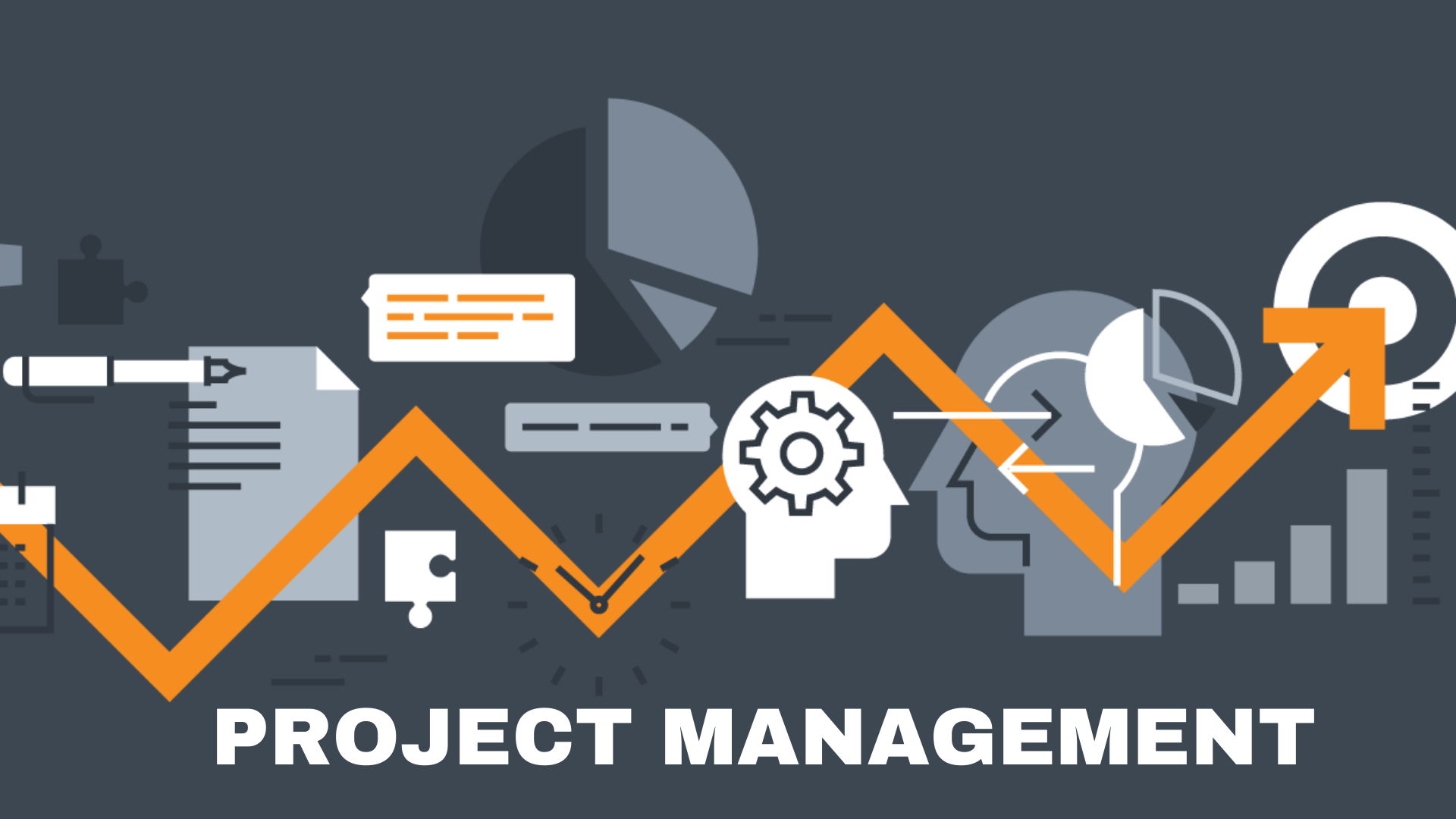The project in project management is actually an informal term that is used to refer to the collective behavior of a group of people. Within the project management community, project managers believe that a group of people can be a project when they spend their reasonable time working together on an important project. A project is a temporary effort that meets a critical need, creating a unique product. Unlike a traditional job that a professional completes, a project is a temporary endeavor driven by the people employed to accomplish the result. As on a prince 2 course qualification London.
So, to assess if a project meets a project management team's needs, it is important to understand the fundamentals of the approach. These basics can be summarised into the following categories: Project header, experience and skill set, advise, risk, scope, cost, time, competency, effectiveness, and cooperative skills.
Project header
The project header is the most important element in project development because it provides project stakeholders a framework for understanding what the project actually involves. This is followed by the experience and skill set of the project manager. Project intermediary is the next element in Project management. The experience and skill set of a project manager can be assessed by first compiled a project fund financial report. This is important to understand; senior management is interested in a project's funds, profits, time, and cost. Project experiences and skillsets are the actual people who are holding the project together. This category of information is most useful in assembling a project schedule. An experienced and skilled project manager will have a portfolio of projects at his/her disposal. The assistance of a project manager also gives great guidance to the project design.
Experiences, decisions, contracts, and contracts are those activities that a project director and project team members have executed successfully in the past. This is commonly referred to as team experience. This experience is a more practical approach to the project selection process. This type of experience is more relevant for projects directed by an experienced project management team as there is already a team behind the project. Team experience is more helpful for projects directed by newly-trained managers or fresh-faced project managers with little project experience.
Tools, techniques, and techniques help keep a project team on track by facilitating the exchange of information. Leads, controls, and resources are some of the main elements in project management. Group interactions regarding the use of one such tool are also an important element. Roles and responsibilities are designed around the primary project goal. Project monitoring ensures that constraints and project risks help the team focus on the goal. Risk management identifies and proactively addresses the risks. Risk management also helps the team analyze and plan for possible risks or risks that need to be addressed, as well as the team's response to those risks.
For successful project management teams must possess those attributes that are most important to both the type and quality of the project at hand. A good project manager will have the appropriate experience, effectful communications skills, familiarity and understanding of a project, a good understanding of team processes and productivity, and will be able to use consensus to make crucial decisions promptly. The key attributes of a project management team are seen in its ability to lead and make decisions based on team input and the successful team for a defined project.
Risk management is an important process for companies and organizations in managing their business' finances. Risk management encompasses a team's procedure for identifying, analyzing, and understanding change. Risk management is responsible for deciding which risk factors really impact the project and the ability to plan for how to mitigate them. For example, if a project is to launch a product that will be distributed in a period of time that contains developmental risk, risk management must be defined to maximize the project's income-producing quality and plan to recover/mitigate those risk factors.
Project management teams often make use of risk management analysis to assist in the preparation of a project plan. Risk management identifies and focuses on the risks faced on the project and its team members are responsible for identifying which risk factors will affect the project as a whole.
Along with those project management tools and techniques that are referenced above, project management tools can be used to identify project requirements. This technique is called projects, and it can be used in other ways to make analyses and identify project goals. The utilization of the tool is key to project success.
Because project managers are three-dimensional in nature, some process groups can be used to streamline high-level tasks. Before the serious completion of a project, a team will benefit from the use of an analysis session. This session is used to collate and analyze information specific to the project and its requirements to establish risks and plans for how to manage those risks promptly.
Also read about:
How to fix outlook [pii_email_d7e5d1e72b502166660e] error
How to fix outlook [pii_email_c44daf3db584541df034] error
How to fix outlook [pii_email_00273a5b87f826ec84fa] error

